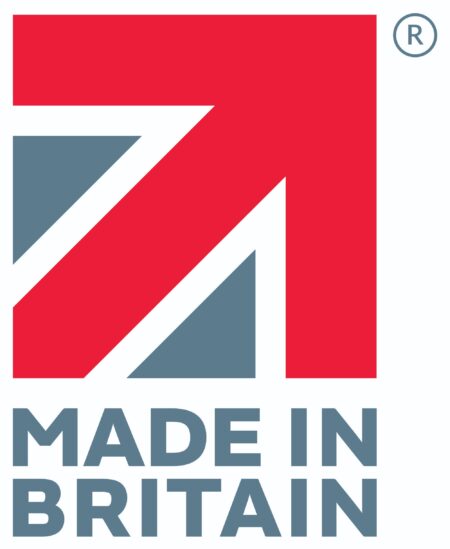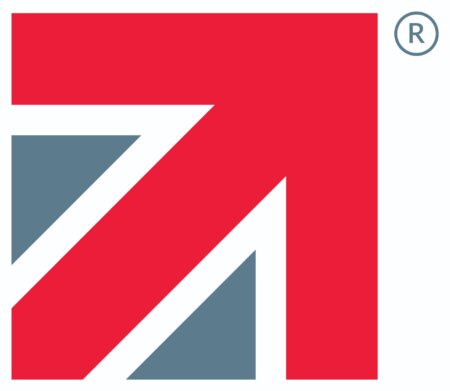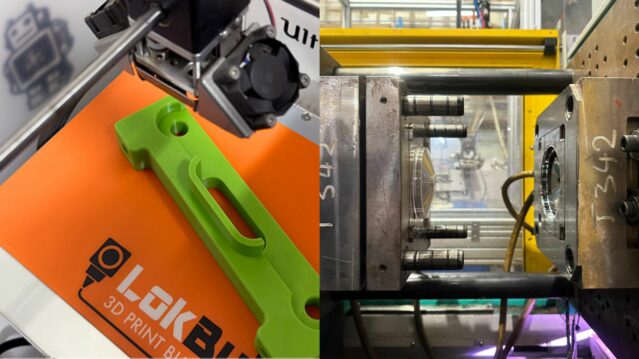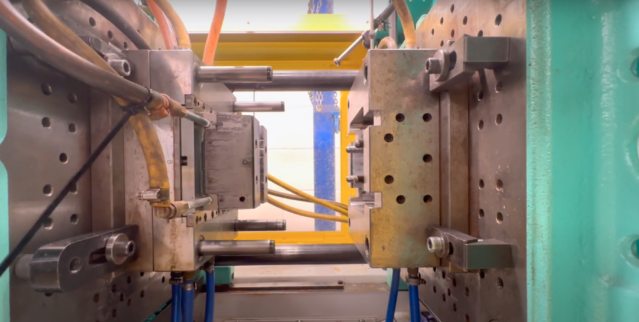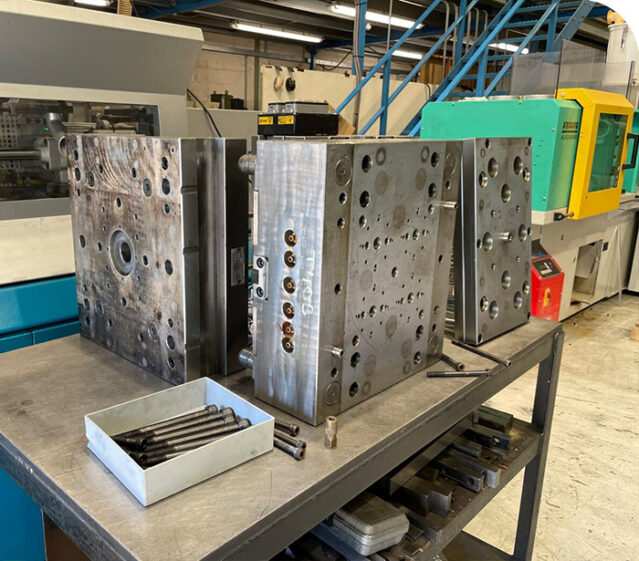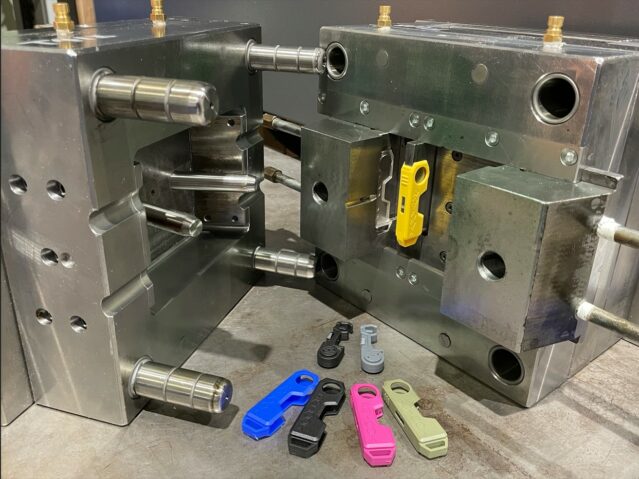08/03/2024
Injection Moulding vs 3D Printing
Injection moulding is the usual process employed to produce plastic products. It is highly efficient and cost-effective, enabling you to create a large amount of plastic products without compromising on quality. But as technology advances, other methods are starting to emerge including 3D printing. Both of these methods are capable of turning designs into physical products, but there are specific features that set them apart. Choosing between these two methods involves considering various factors, which we will explore in this article.
What is 3D printing?
If you're looking to create prototypes before committing to full-scale production, 3D printing can be a great option. Also known as additive manufacturing, the process involves layering thin pieces of plastic on top of each other until the desired shape is formed. It has gained a lot of popularity for its versatility, rapid prototyping capabilities and the ability to create low volume product runs.
Key aspects of 3D printing
Quick Prototypes
3D printing is well-known for its ability to produce prototypes quickly. This not only helps to speed up the product development process but can make it easier to carry out design tweaks and changes along the way that are not always apparent on a computer screen.
Low Volume Production
Not all products require mass production. You might be a new company who want to start off with a smaller product investment or you may be an existing company testing a new product range. If you require low-volume production, 3D printing is the ideal manufacturing method. It is more cost-effective for small-batch and niche products as there is no need for expensive moulds and tooling. However, the printing process can sometimes take several hours at a time to produce the full component.
Customisation
3D printing allows large design variations from print to print as the process can easily accommodate customised and personalised design changes, providing great flexibility.
What is Injection Moulding?
Injection moulding is a more traditional manufacturing process where molten plastic is injected into a mould cavity to produce a solid object. It is mainly used for mass production due to its high efficiency and low cost per unit.
Key aspects of injection moulding
High Speed and Volume Production
Injection moulding is renowned for its ability to produce large quantities of identical parts with high precision quickly. This makes it the preferred choice for mass production in industries like automotive, medical and retail, where large quantities of parts are required regularly.
Cost Efficiency
While the initial setup costs for moulds can be substantial, injection moulding becomes highly cost-efficient for large production runs. The cost per-unit decreases as the volume increases.
Minimal Waste
Injection moulding is very cost-effective for mass production because it uses the exact amount of material needed for the design by pouring it into a precise mould. This means there is minimal waste, which contributes to greater overall efficiency in large-scale manufacturing.
Surface Finish and Precision
Injection moulding typically creates products with smoother surface finishes and higher precision compared to 3D printing. This makes it suitable for applications where tight tolerances and a polished appearance are essential.
Which method should you choose?
Choosing between 3D printing and injection moulding depends on your product requirements. It’s important to consider the production volume, design complexity, material requirements and your budget:
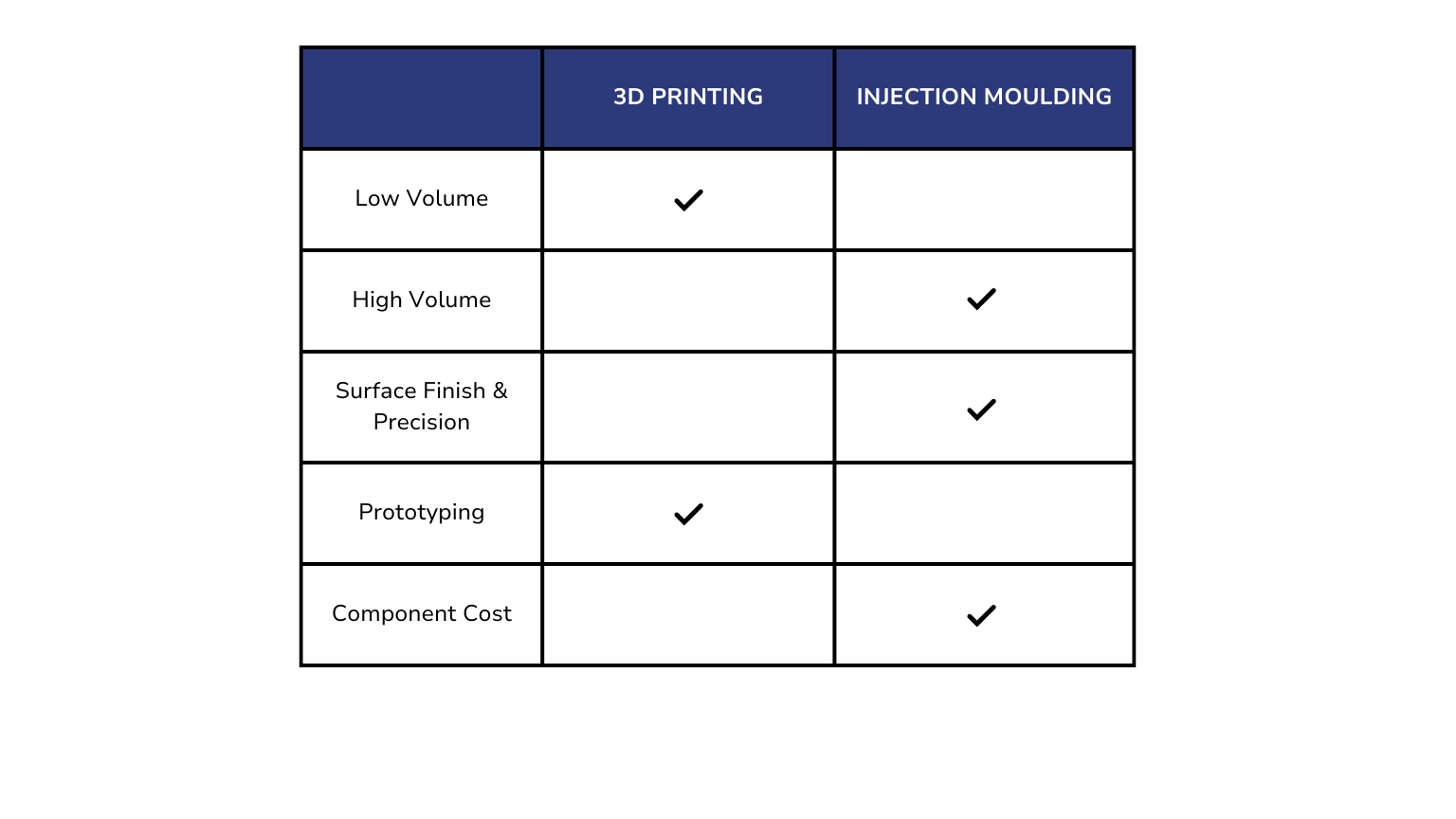
At Bowles & Walker, we can facilitate both manufacturing methods and can adapt to your unique project requirements. Whether it's low or high-volume production, we can meet your needs with precision and flexibility. Call us today on 01953885294 or email info@bowles-walker.com to discuss your project.

